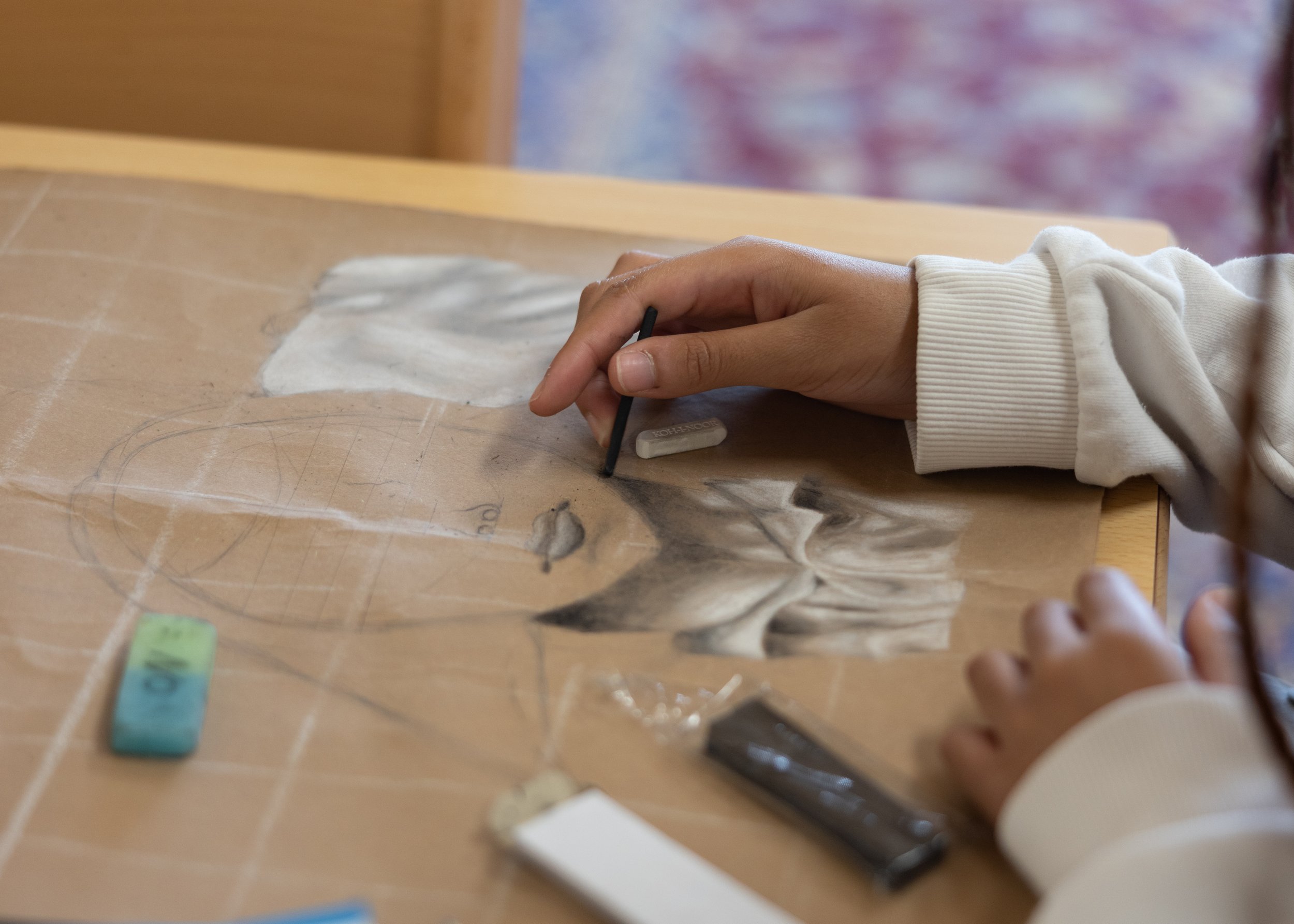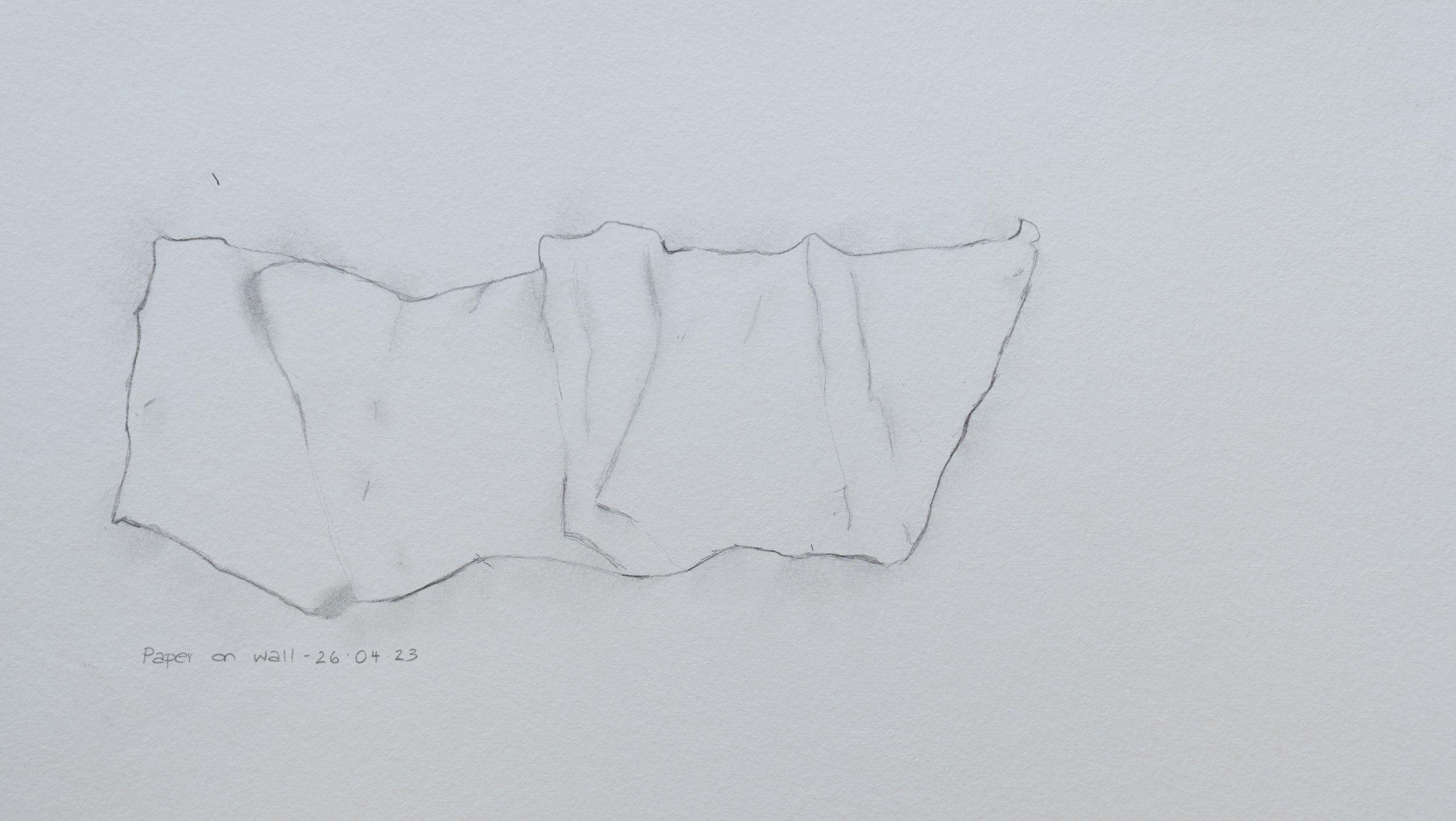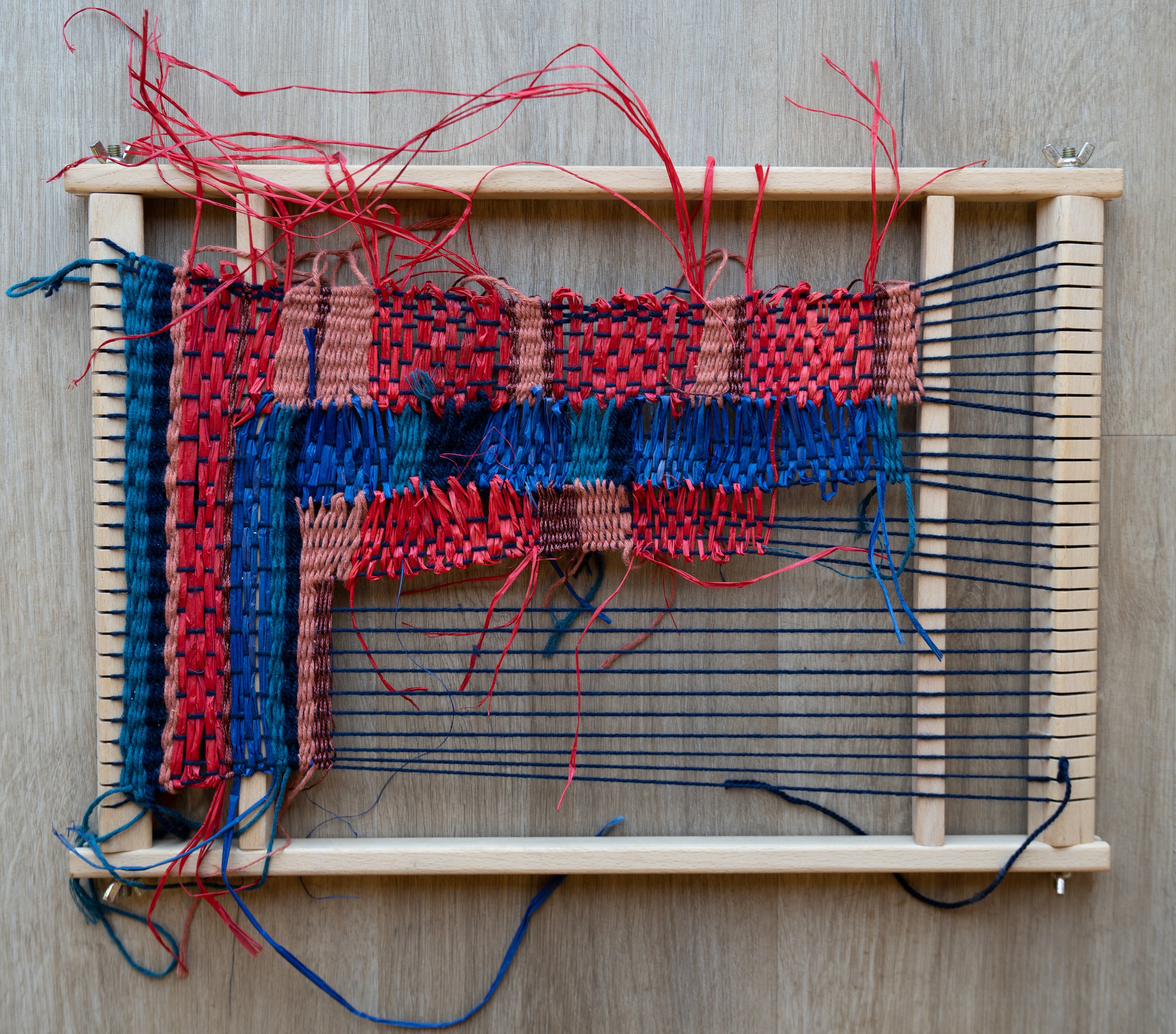
Art
Good scientists and good artists have a fundamental trait in common. They are great observers. They take time observing their environment. And through this keenness and objectivity of observation, they formulate original insights into the universe, and in this sense it is perhaps fair to claim that their achievements rest on their ability to intensely observe. At Kairos, we seek to cultivate every student’s ability to patiently observe. Emphasis is placed on the development of observation and technique. And in doing so, we not only hope to cultivate the observant artist, but also the empirical scientist in every student.
In drawing and painting we focus on exact observation and pure representation in both still life and real-life work – we encourage observation of the physical world, as we cannot communicate graphically what we do not see. Drawing lessons include general technical exercises such as: measuring, dividing, estimating, form, shapes, shadows, modifications of form, drawing techniques and coloured media - including wax pastels sketches of the natural environment such as pine woods nearby, or painting from still life and real observation (animals on the farm). It is with the foundation of technique and observation, that we might then create personal and expressive work.
Kairos follows a fine arts programme and rotates between the following areas throughout the year, painting, drawing, printing, ceramics, textiles, and mixed media. We also encourage a wider range of material use (such as cardboard, metal sheets, wire), and explore the possibilities and limits of material, examining firmness, looseness, elasticity; extensibility and compressibility; folding and bending, and economy of use.
With these we try to develop an understanding and feeling for space, volume, dimension; for balance, static and dynamic; for positive and active, for negative and passive forms. We will look at comparisons of various examples in architecture, sculpture, paintings, help to make clear the conceptions of proportion, function and composition as well as those of construction and combination. In short, the use of a wide range of materials is an exploration into the whole field of construction and in constructive thinking in general.
More generally, we hope that with practice students might become ever more absorbed by day to day visual phenomena, whether that be the flash of light when a screen turns off, or rain drops impacting a dusty floor. This sort of sensitivity to the lines and hues that are often overlooked, might be cultivated by exercises such as looking at ‘negative’ shapes (or “negative spaces”) between objects. Josef Albers conjectured that this sort of heightened visual empathy would not only create better composition, but might even create better people - “visual empathy” would also develop social empathy. “Respect the one you weren’t paying attention to,” he once told his class.
Students and faculty are often digging in the garden, and walking in the field. Their connection to the land and the materials of their lives is evident in the poetry of their creations.






